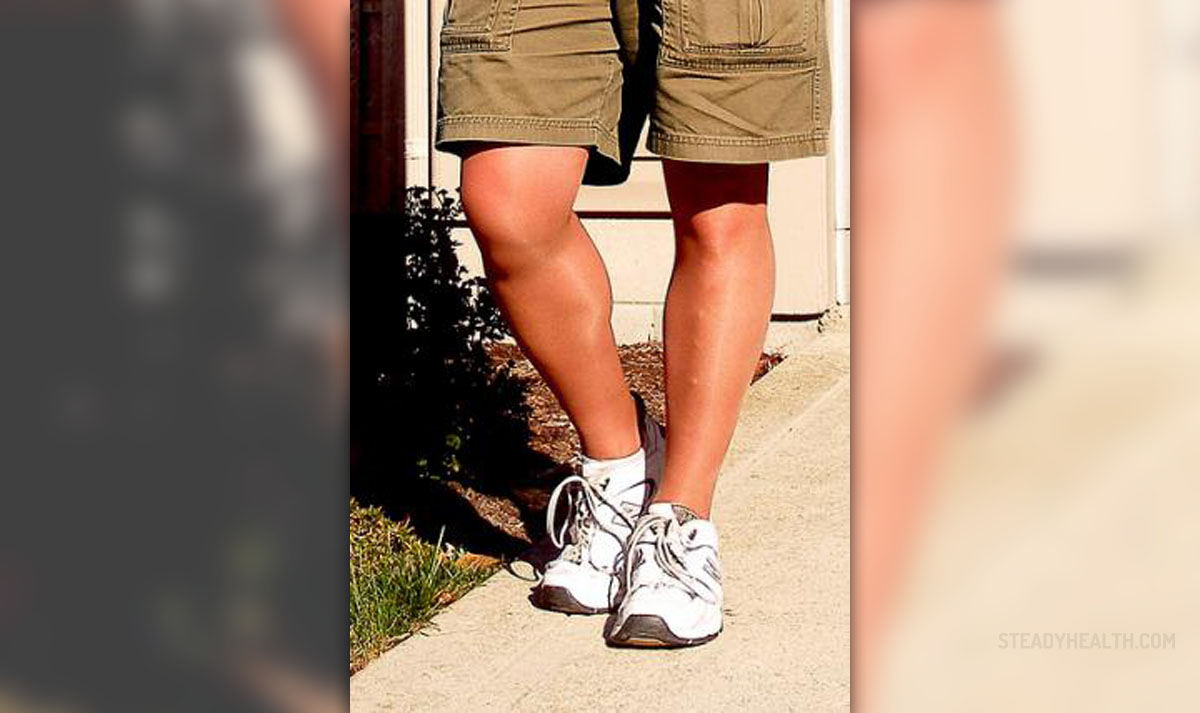
Poor circulation is a health condition medically known as peripheral arterial disease. This condition affects the blood vessels outside the heart and brain, and it is characterized by abnormal blood flow. The disease occurs often when the arteries that carry the blood to the peripheral parts of the body, arms, legs, or stomach, become narrowed or clogged. Poor blood circulation is therefore, defined by a limited blood flow to the legs, hands, heart and the rest of the body, including the fingers, toes and feet.
Causes of poor circulation
Poor circulation can be caused by a wide variety of conditions, disorders and diseases. Poor circulation usually affects the people with hypertension, which is caused by the cholesterol plaque build-up along the walls of the arteries. The most common health conditions associated with poor circulation are hardening of the arteries, Raynaud’s disease, and varicose veins that develop because of a loss of elasticity if the walls.
Symptoms of poor circulation
At the early onset, poor circulation is accompanied with persistent feeling of fatigue in the legs and buttocks during an activity. Patients may usually experience severe cramping, which stops when the activity stops. In more severe cases patients complain about constant pain in the feet and toes, vascular ulcers and blackened tissues. More commonly, patients will experience changes in skin temperature. Their hands, feet and legs may seem very cold. In many cases, the itching, especially in the legs, is also present. Patients may complain of numbness, tingling or even a loss of sensation in the hands, feet or toes. The feet, legs or fingers can swell, and the skin color may even change: from pale to bluish or reddish. Patients with poor blood circulation may experience vertigo or dizziness. They are commonly low on energy, and they lack stamina. It is not unusual to have irregular heartbeats, short breath and very sluggish memory.
Treatment for poor circulation
There are many available treatments for poor blood circulation. Both conventional medicine and natural and alternative therapies offer successful solutions. In mild cases, patients will be advised to undergo a couple of lifestyle changes such as quitting smoking, developing a healthy diet plan, taking regular aerobic exercise and using low dosages of Aspirin daily. Doctors usually prescribe additional medications to treat the accompanying symptoms of poor circulation, such as medications to relieve the pain and swelling. Any underlying condition, such as hypertension or high cholesterol levels, also need to be addressed. In more severe cases, doctors will consider endovascular therapy or surgery. In addition, angioplasty can also be used to enlarge the narrowed peripheral arteries.


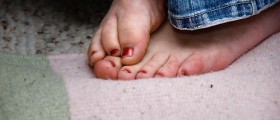
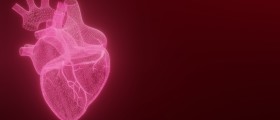
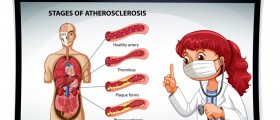
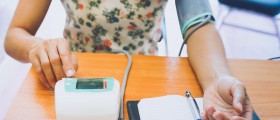
_f_280x120.jpg)

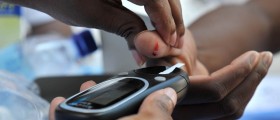
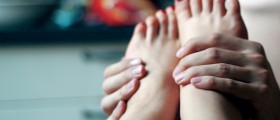


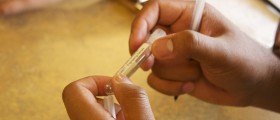

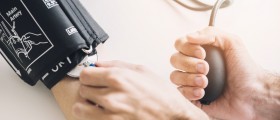
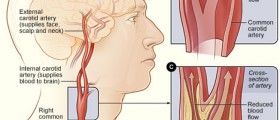

Your thoughts on this
Loading...